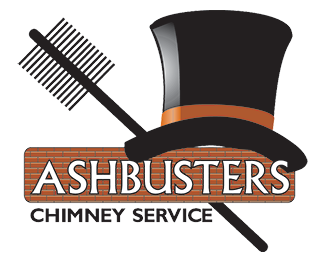Prefabricated and masonry are two common types of chimneys. A masonry chimney is the traditional style, made from brick and mortar, while pre-fabricated chimneys are made from metal, though it may be enclosed in a simulated brick housing. Each type of chimney has several benefits and drawbacks that homeowners should be aware of regarding potential repairs.
A pre-fabricated chimney is typically installed with a pre-fabricated fireplace system, though it may be used with a masonry fireplace. It is a relatively new product, having been on the market since about 1980. These systems are less prone to leakage but a damaged chimney chase cover or deteriorated sealant around chimney lining pipes and storm collars can cause leaks. Since these chimneys are not as sturdy, even a small fire in the chimney can cause damage, making regular chimney cleaning very important.
Masonry chimneys are more visually appealing and relatively easy to maintain. They should be waterproofed to protect against potential damage from rain and snow. Regular inspection is recommended to identify wear and tear before major issues arise. Installing a chimney cap prevents water from entering the area through the flue, reducing the chance of deteriorating mortar and development of mold due to standing water.
Brick mortar has weak tensile strength, which makes it susceptible to cracking due to changes in exterior air temperature. Cracks in the chimney crown can fill with water, causing leaks. Damaged chimney flashing can cause leaks in the ceiling near the fireplace. Replacing rusted sheet metal and deteriorated sealant in chimney flashing will correct the issue.
Whether they have a pre-fabricated or masonry chimney, homeowners should conduct regular inspections, and contact a professional as soon as an issue is discovered. Masonry chimneys in particular require professional maintenance to prevent leaking. By keeping their attractive traditional chimneys in optimal shape, homeowners will have comfort for many years.
